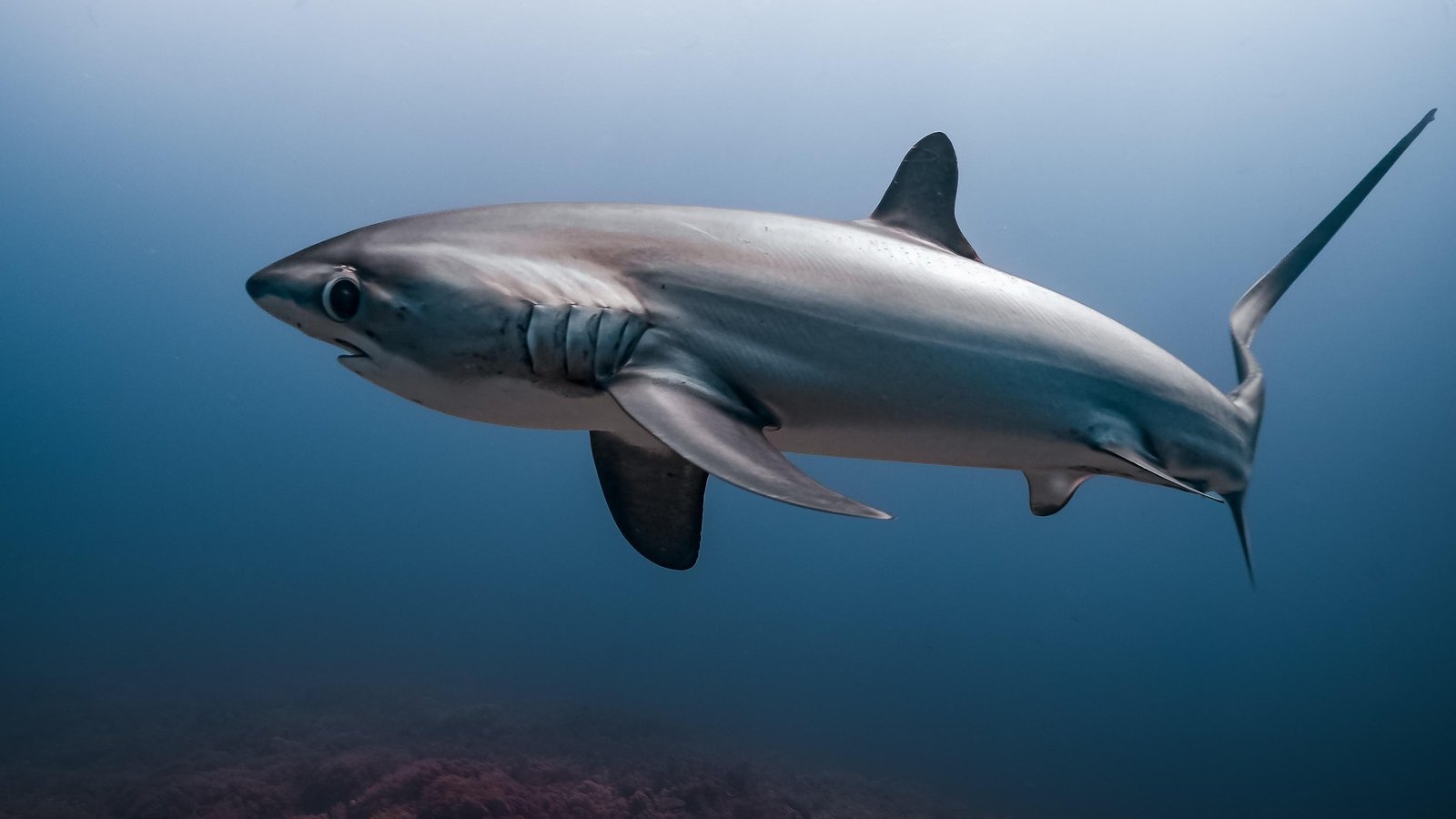Sharks have roamed Earth’s oceans for hundreds of millions of years, long before the rise of dinosaurs or the formation of continents as we know them today. As some of the oldest living vertebrates on the planet, these remarkable creatures have undergone vast transformations while maintaining their dominance in marine ecosystems. The evolution of sharks is a story of resilience, adaptation, and survival across an ever-changing planet.
This article examines the origins, evolutionary history, and biological adaptations that have enabled sharks to thrive for over 400 million years. By tracing their lineage through time, we gain insight into why sharks remain some of the most successful predators in the animal kingdom.
When Did Sharks First Appear?
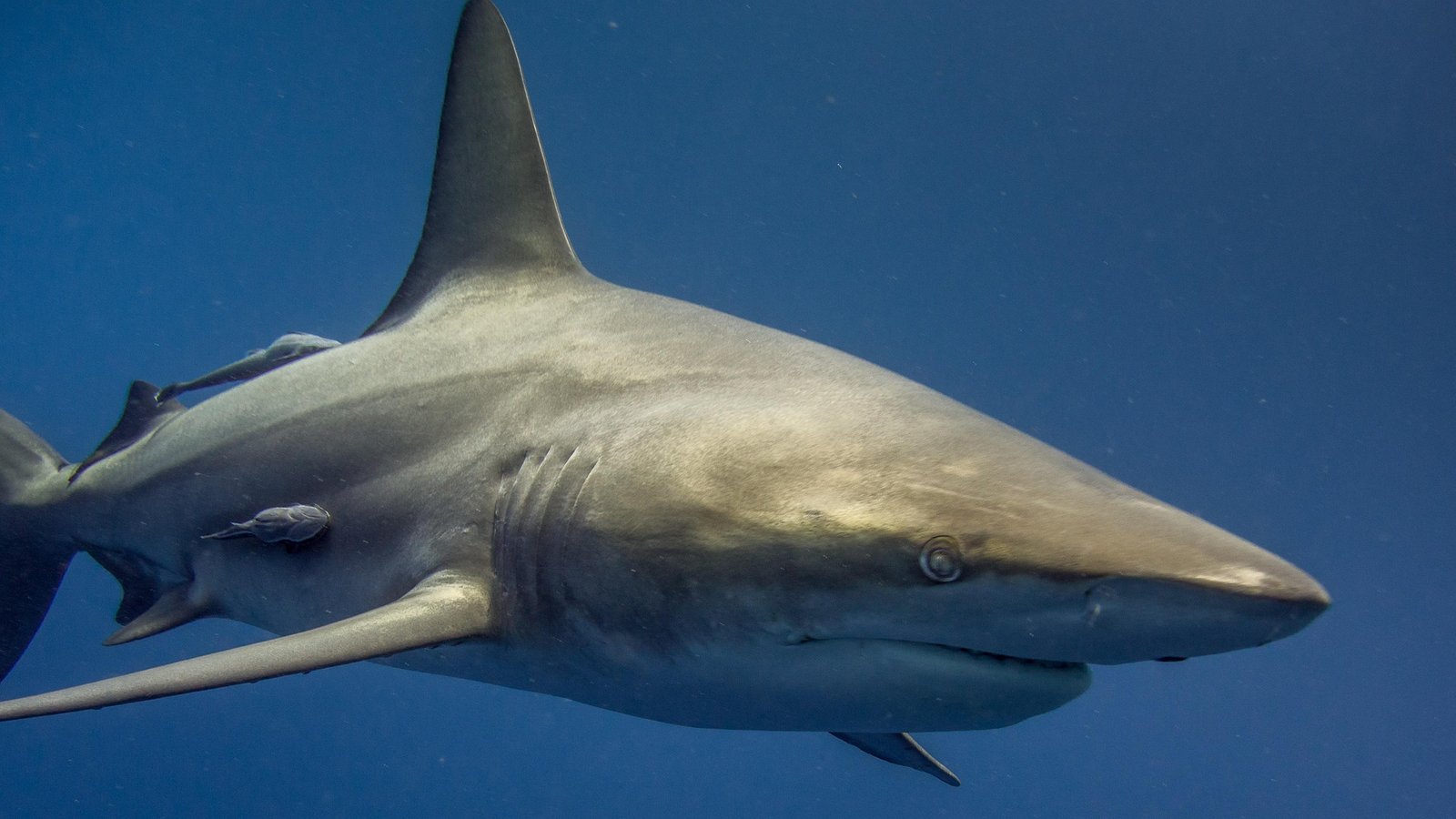
The origins of sharks can be traced back to the Devonian Period, approximately 400 million years ago. This era, often referred to as the “Age of Fishes,” marked a significant diversification of aquatic life. Sharks first emerged during this time, making them older than even the earliest dinosaurs.
The shark fossil record provides critical evidence of their ancient roots. Fossilized scales, teeth, and skeletal fragments have helped scientists estimate when sharks first appeared. Their cartilaginous skeletons, however, make complete fossil specimens rare, which adds to the mystery and fascination surrounding their early history.
The Earliest Known Shark Species
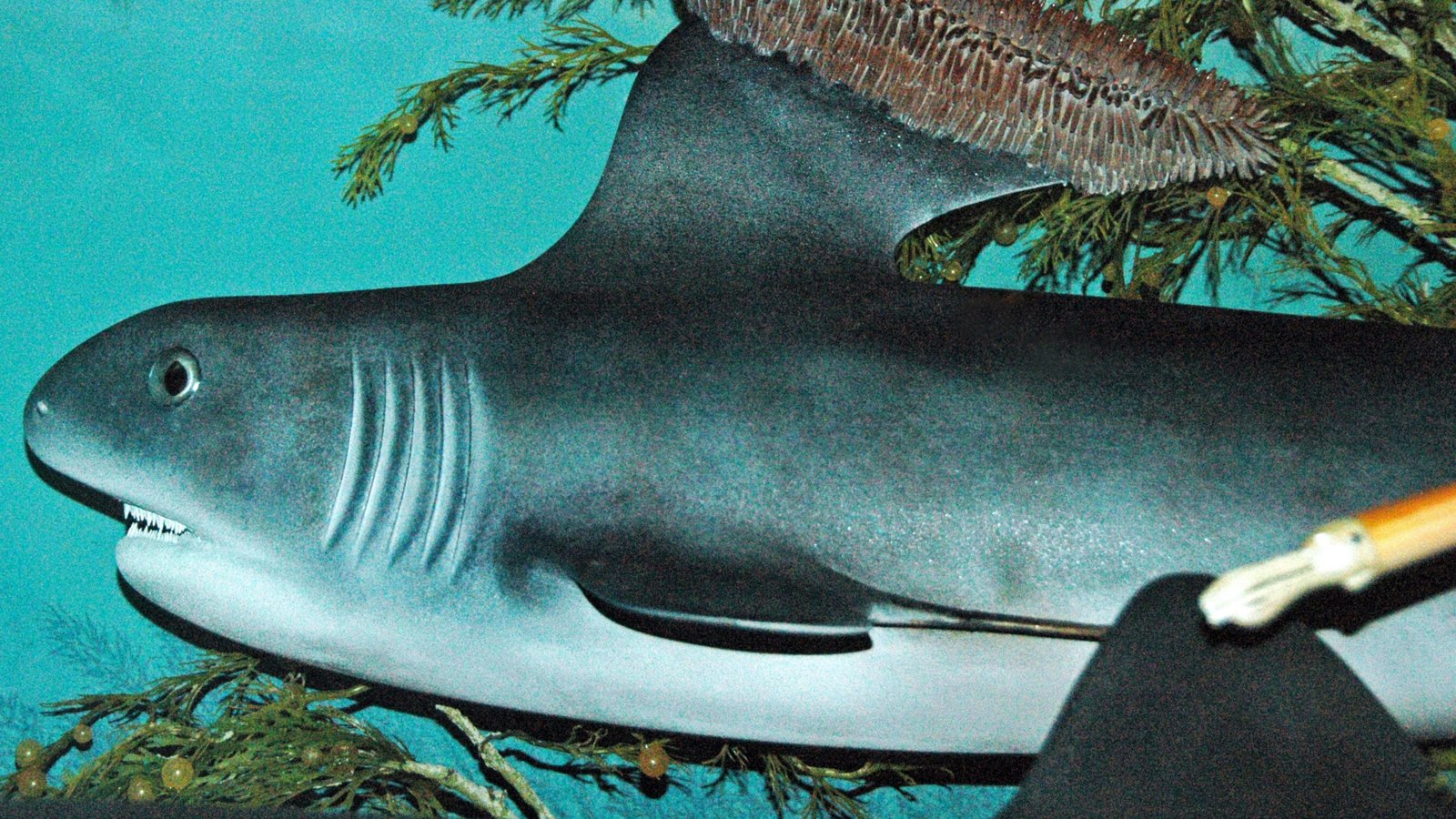
Among the earliest known prehistoric sharks were species such as Cladoselache and Stethacanthus. Cladoselache lived approximately 370 million years ago and had a streamlined body and a powerful tail, which enabled it to swim quickly. Unlike modern sharks, it lacked sharp, replaceable teeth and had a relatively short snout.
Stethacanthus, on the other hand, is notable for its unusual dorsal fin that resembles an anvil, possibly used for mating displays or defense. These ancient sharks already showed signs of advanced evolution, including paired fins and gill slits, features still seen in modern shark species today.
Sharks Through the Ages: Timeline of Evolution

The shark evolution timeline spans three major geological eras: the Paleozoic, Mesozoic, and Cenozoic. During the Paleozoic era, sharks were already diverse, having adapted to various marine environments. During the Mesozoic Era, often referred to as the “Age of Reptiles,” sharks continued to evolve alongside marine reptiles and early bony fish.
The Cenozoic Era, beginning around 66 million years ago, marked the rise of shark ancestors that more closely resemble today’s species. It was during this time that modern sharks began to dominate the oceans, evolving into specialized forms such as filter-feeders, reef dwellers, and open-ocean predators.
Surviving Mass Extinctions

One of the most remarkable aspects of shark history is how they endured multiple extinction events that wiped out countless other species. Scientists believe sharks survived at least five major mass extinctions, including the Permian-Triassic and the Cretaceous-Paleogene events.
Their success in surviving these catastrophic changes is partly due to their wide range of adaptations, diverse habitats, and efficient reproductive strategies. Understanding how sharks survived mass extinctions helps scientists uncover the traits that have enabled them to be such enduring survivors throughout Earth’s history.
Changes in Body Structure and Function

Over time, sharks have undergone significant changes in physical structure and biological function. The evolution of shark bodies has involved the development of more efficient fins for swimming, improved gill structures for breathing, and more specialized teeth for feeding.
Early sharks had less flexible jaws and limited tooth replacement. Modern sharks, by contrast, possess complex rows of teeth that can regenerate continuously. Their cartilaginous skeletons have remained lightweight yet strong, enhancing agility and reducing energy expenditure while swimming.
The Rise of Modern Sharks
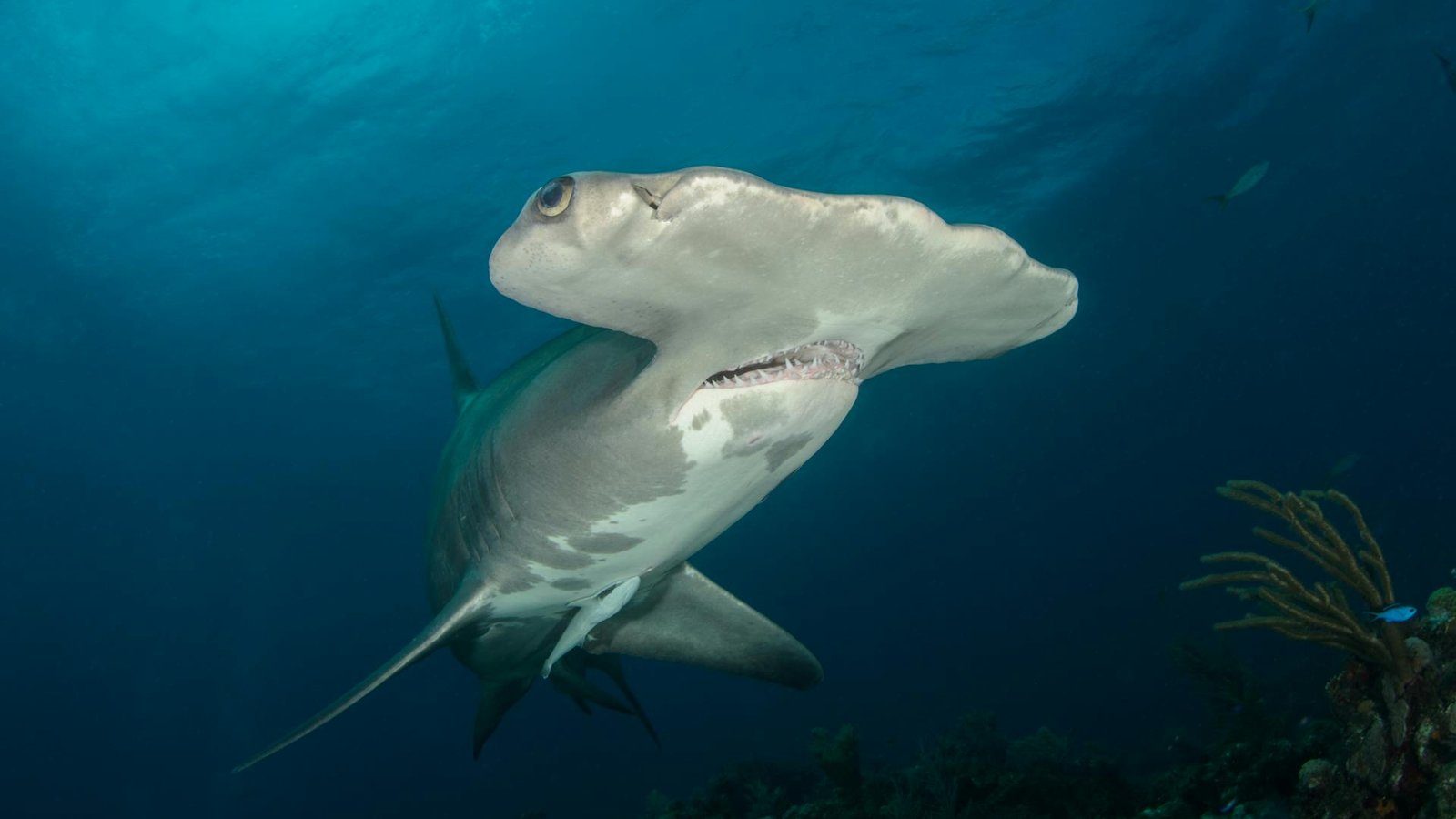
The appearance of modern sharks began around 100 million years ago. These species include well-known predators such as the great white shark, hammerhead shark, and tiger shark. Each of these sharks has evolved traits that suit their specific ecological roles.
Today’s current shark species display an incredible range of sizes, shapes, and behaviors. From the filter-feeding whale shark to the deep-diving goblin shark, modern sharks are a testament to millions of years of evolutionary refinement and adaptation.
What Makes Sharks Apex Predators?
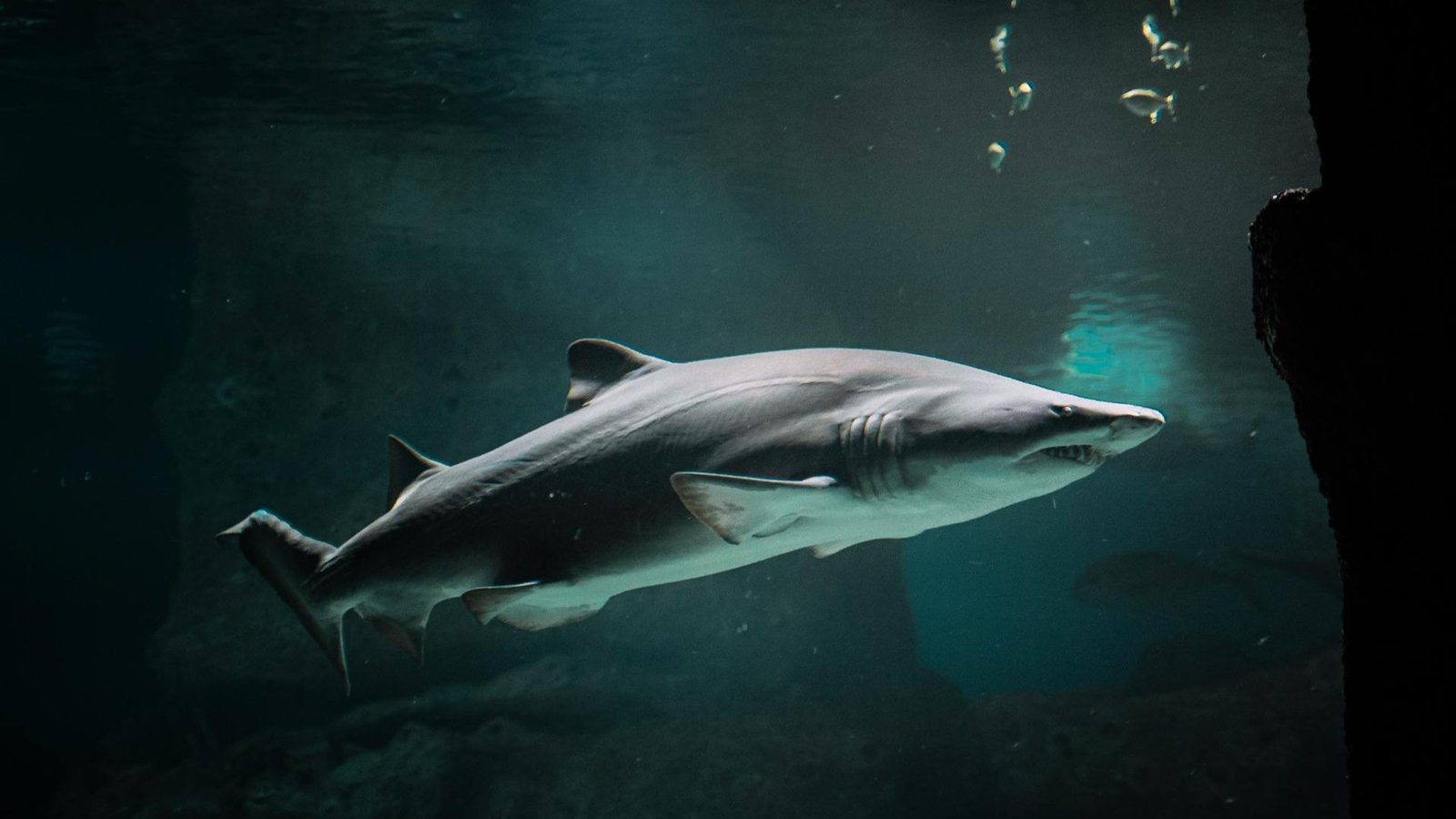
Sharks have earned their place at the top of the food chain due to a combination of anatomical and behavioral adaptations. Their streamlined bodies, sharp teeth, keen senses, and powerful muscles contribute to their status as apex predators.
These shark survival skills have been honed over millions of years. Many species have exceptional vision, can detect electrical signals from prey, and are equipped with highly sensitive olfactory systems. The evolution of apex predators has made sharks some of the most efficient hunters in the ocean.
Sharks vs Dinosaurs: A Timeline Comparison

Sharks not only predated dinosaurs, but they also survived the mass extinction that wiped out the dinosaurs. While dinosaurs ruled the land during the Mesozoic Era, sharks maintained dominance in the seas. Their separate evolutionary paths underscore how distinct survival strategies led to divergent fates.
When the asteroid impact ended the age of dinosaurs 66 million years ago, many marine reptiles and other ocean dwellers perished. Sharks, however, continued to adapt and diversify, further cementing their resilience in the face of global change.
Ancient Sharks vs. Modern Sharks
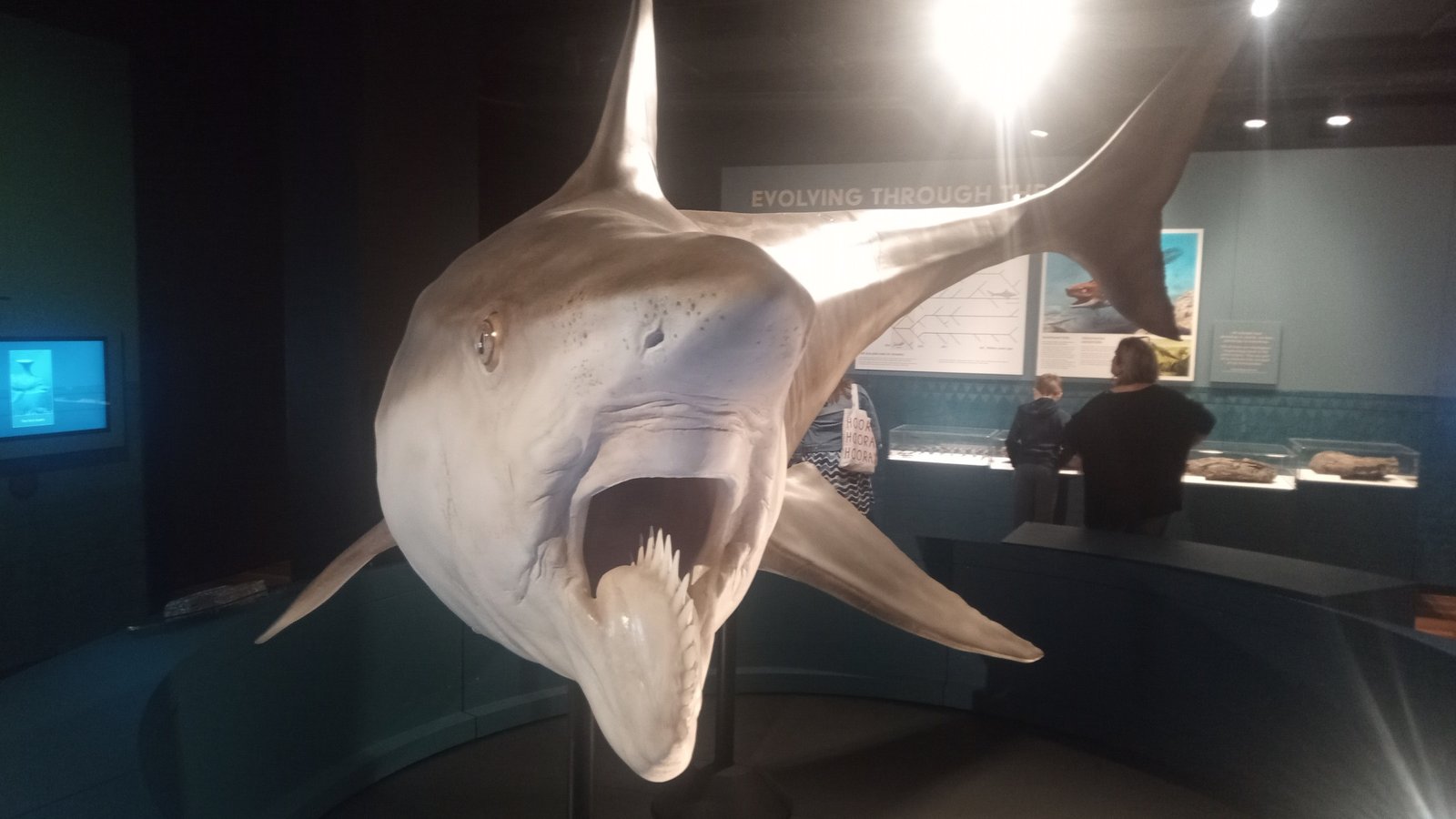
Despite millions of years of change, many fundamental traits of ancient sharks remain in their modern descendants. However, differences in size, shape, diet, and behavior highlight how these animals have evolved to suit new environments.
For instance, ancient sharks like Helicoprion had bizarre, spiral-shaped teeth, while modern sharks have more practical dental structures suited to tearing, crushing, or filtering prey. This comparison addresses the common question: Are modern sharks the same as their ancient counterparts? The answer is both yes and no; they share a blueprint, but have diversified in remarkable ways.
Shark Fossils and Scientific Discoveries

The shark fossil record provides a glimpse into the distant past, revealing how these creatures have evolved over time. Fossilized teeth are the most common finds due to their durability, and each tooth provides clues about a shark’s diet and behavior.
Significant evidence of shark evolution has been discovered in well-preserved fossil sites, which have helped researchers map out evolutionary branches and understand how specific traits evolved over time. These discoveries continue to shape our understanding of marine life history and biodiversity.
How Sharks Have Adapted to Changing Oceans

Throughout their long history, sharks have faced changing ocean conditions, including shifts in climate, salinity, and the availability of prey. Their ability to adapt has allowed them to survive when many others could not.
These shark adaptations over time include physiological changes in metabolism, migration patterns, and feeding behaviors. As part of the broader evolution of marine life, sharks have demonstrated an impressive capacity to thrive in both stable and unstable ecosystems.
Why Understanding Shark Evolution Matters Today

Studying the evolution of sharks is not just about looking back; it’s about looking forward. It has critical implications for conservation today. Sharks face increasing threats from overfishing, habitat loss, and climate change, which makes understanding their biology and resilience more critical than ever.
By learning how sharks survived past challenges, we can better predict how they might respond to current environmental pressures. Public awareness and conservation efforts benefit from this knowledge, helping to secure a future for these iconic animals.
Final Thoughts

The story of sharks is one of endurance, adaptation, and extraordinary survival. From their first appearance in the Devonian seas to their modern role as apex predators, sharks have continuously evolved to meet the demands of a changing world. Their fossil history, biological innovations, and ability to survive multiple extinctions make them one of nature’s greatest success stories. Understanding their past is not only fascinating but essential for ensuring their continued presence in our oceans for generations to come.

